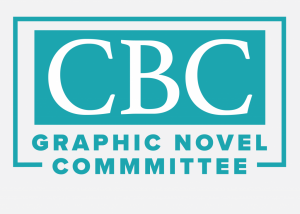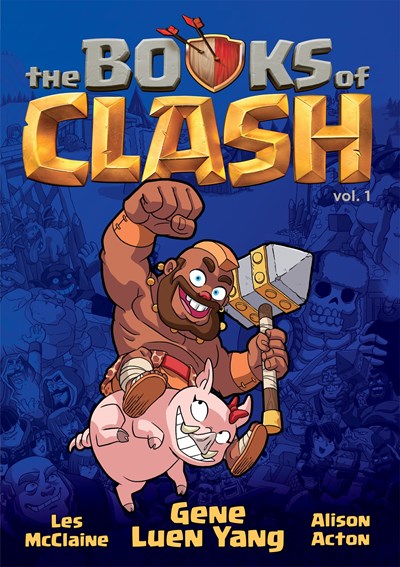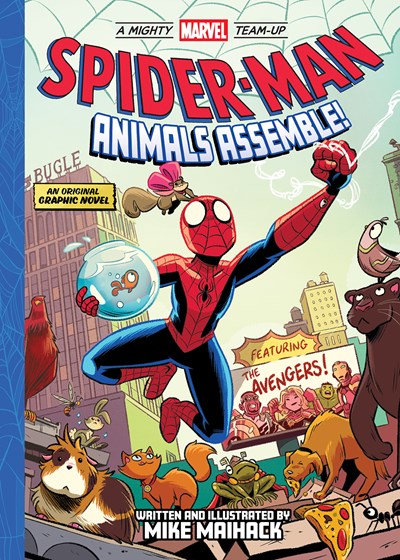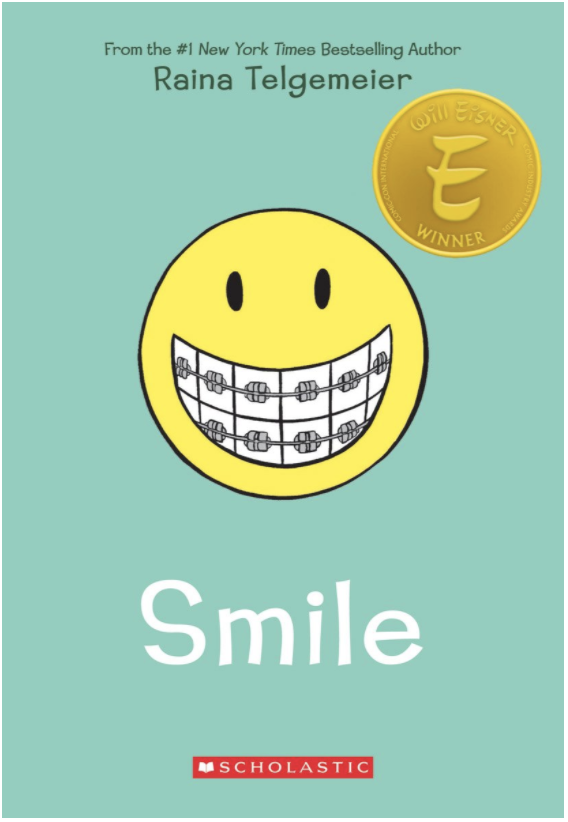Familiar Faces

The CBC Graphic Novel Committee returned to San Diego Comic-Con International (SDCCI) this year to host seven awesome panels at the San Diego Public Library. For this series, we are going over each panel and sharing insights from authors, teachers, librarians, and more. CBC’s Sommer Wissner and John McCormack were on hand for the entire day.
To kick things off, we are starting with our first panel, Familiar Faces. This panel was about creators sharing their insights on their high-profile graphic novels and how these works can introduce reading to kids and young adults.



Moderator Dr. Leslie Farmer started off by asking why graphic novels should be promoted to children, what makes a high-profile graphic novel high-profile, and how these graphic novels can be a great introduction to beginning or reluctant readers.
Gene Luen Yang made the point that “we are constantly surrounded by visuals. [Graphic novels] are a great way to promote literacy.” From billboards to ads on TV, visual literacy is literacy and any way that children can develop their literacy skills is valid. He also spoke on how high-profile books like Spider-Man can “help bridge the gap” in the classroom, providing something fun and relatable in an educational setting.
Building on this idea, Mike Maihack said “use what’s established and find ways to teach. If Spider-Man can do this job, then he can be used to teach responsibility. Superheroes represent our best qualities.” With this, superheroes show idealized characteristics which can help teachers speak with their students about morals and ethics as well as responsibility to their community and personal lives. And what kid doesn’t want to speak about what makes their favorite superhero their favorite?
Mike also mentioned that some good indicators of a high-profile book were, “High profile, to me, means that this book resonates with one person. You’ve connected with someone and made them laugh or cry.” Regardless of reach, reading connects readers to the book and that alone can make a graphic novel become popular, even if it’s just with one individual.
Raina Telgemeier spoke to this as well. “When a book starts getting buzz before it’s published it helps make a community of excitement and hype for the book. With The Babysitters Club, Scholastic advertised to middle-aged women and their kids.” With a pre-established fanbase, it makes sense that while fans grow older and have kids, they will still love their favorite books and characters. Word of mouth is a powerful influence and even parents will want to share their beloved love of their favorite story and characters with their own kids.
Gene and Mike both agreed that graphic novels can be a gateway to other realms of knowledge. Mike himself was inspired to learn about Egyptology after reading a graphic novel, and Gene learned more about basketball through his research into Dragon Hoops.
Moderator:
- Dr. Lesley S. J. Farmer – Professor of Library Media, CSULB Teacher Librarian Program Coordinator
Panelists:
- Mike Maihack (Spider-Man: Animals Assemble! (A Might Marvel Team-Up)) – Abrams Children’s Books
- Raina Telgemeier (Smile) – Scholastic / Graphix
- Gene Luen Yang (The Books of Clash Volume 1: Legendary Legends of Legendarious Achievery) – Macmillan Children’s Publishing Group / First Second
We thank the San Diego Public Library for sending us the video footage so we can share these wonderful panels with all of you!
Coming Up: Fantastic Adventures.

